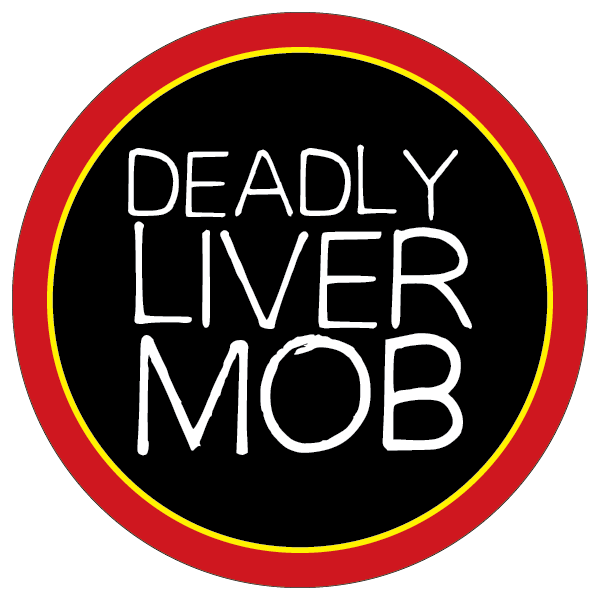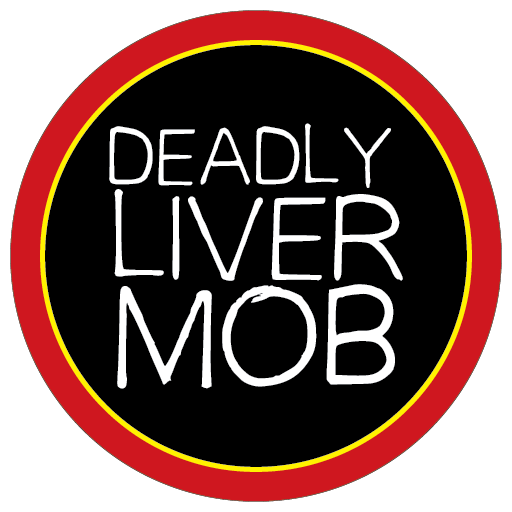The amount of money invested in incentives can also be calculated from the Deadly Liver Mob intake card. We estimate that a total of $30,980 has been spent in incentives for education of 1,549 clients; $11,530 spent on incentives for testing of 1,153 clients; and $6,750 spent of clients returning to receive their results. These costs do not include incentive amounts given to clients who recruit others to the program, other sexual health incentives, or refresher education amounts that have been provided by one site. Refresher education was only provided to clients who were educated prior to the introduction of direct acting antiviral treatments for HCV.
The Deadly Liver Mob intake card contains information about the number of peers each client referred into the program. Across all seven sites, most people did not refer a peer to the program (78%). However, 344 (22%) clients referred at least one other person to the program between 2013 and 2019. Although clients were asked to refer a maximum of three people each to the program, the pilot sites permitted additional referrals in the early stages of implementation.
As part of the formal evaluation, we obtained de-identified data from the clinical records of the sexual health services involved in the Deadly Liver Mob program. This required that a new code was entered so that program clients could be identified in these records.
De-identified and aggregated data from sexual health services was also examined in relation to the notion of ‘treatment cascade’ (Gardner et al. 2011; Kirby Institute, 2018). The idea of a treatment cascade is to draw attention to the multiple points at which a person may ‘fall off’ the care and treatment pathway. For this project, we will examine the following steps:
Proportion of yield (positive results) on hepatitis C, sexually transmissable infections and HIV tests
Proportion of people who accept 1st hepatitis B vaccination
Proportion of people who return for 2nd and 3rd hepatitis B vaccinations
Proportion of people who attend for treatment as indicated for sexually transmissible infections
Proportion of people who complete treatment for sexually transmissible infections
A key aim of Deadly Liver Mob was to encourage clients to take up HCV treatment (if required) by simplifying the testing and treatment pathways. However, the data from sexual health may only provide a partial picture of HCV treatment as it can be offered at a range of sites. Further data linkage may assist in this analysis but would be out of scope for each site to undertake.
References
Gardner, E., et al. (2011). “The spectrum of engagement in HIV care and its relevance to test-and-treat strategies for prevention of HIV infection.” Clinical Infectious Diseases 52(6): 793-800.
Kirby Institute 2018, Bloodborne viral and sexually transmissible infections in Aboriginal and Torres Strait Islander people: annual surveillance report 2018, Kirby Institute, UNSW Sydney, Sydney.
Interviews were conducted with clients and with staff members involved with the Deadly Liver Mob programs in each site. These interviews were conducted by researchers external to the service. Staff were interviewed over the phone. DLM clients were interviewed both over the phone and in person. Clients received a $20 voucher for their participation in the research interview, separate to the voucher amounts they are provided as part of their engagement in the Deadly Liver Mob program. Client participants were required to be 18 years of age or over to comply with the research ethics approval for this project. As mentioned earlier, clients were eligible to participate from 16 years and above according to the policy of the health service.
A key underpinning of the roll-out of the DLM program was to monitor how each site implemented the core aspects of the program to fit the local conditions. To assist with tracking this, we used an issues register spreadsheet and asked each site to record issues as they arose. We asked sites to record information about any barriers to setting up and running DLM and they ways in which they were able to address these barriers.
Along with interview data, the entries to the issues register were used to develop the material on the troubleshooting page.

